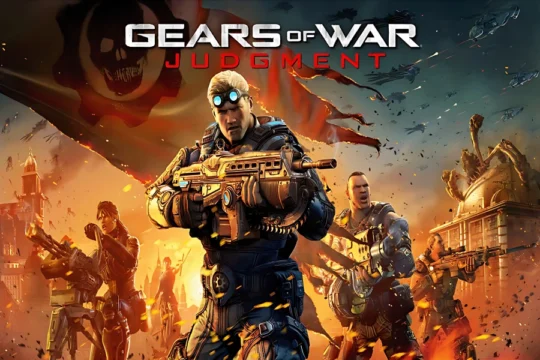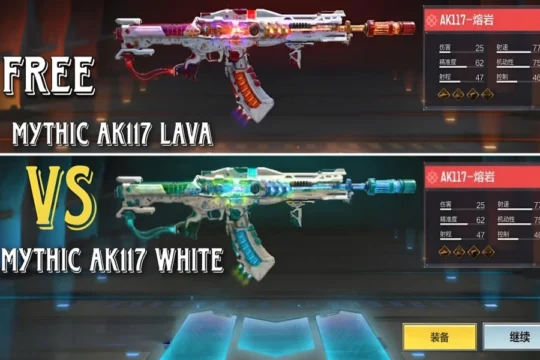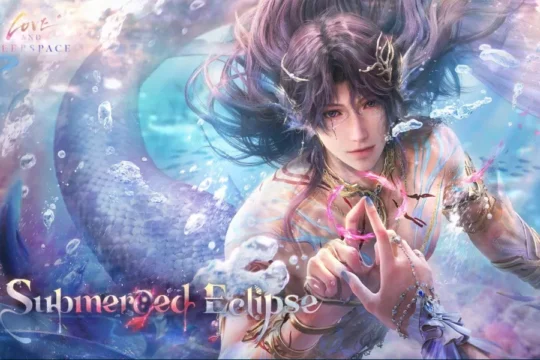Overview of the Two Games
The Witcher 3, developed by CD Projekt Red, redefined RPG storytelling and open-world design in 2015. Its rich world-building, character-driven narrative, and detailed side quests remain a benchmark in the genre.
The Blood of the Dawnwalker, slated for release in 2026, is being crafted by Rebel Wolves—a studio composed of former Witcher developers. Drawing on the DNA of Witcher 3, this vampire-themed RPG promises a more focused, tactical, and time-driven experience set in a gothic version of 14th-century Europe.
| Feature | The Witcher 3 | The Blood of the Dawnwalker |
|---|---|---|
| Developer | CD Projekt Red | Rebel Wolves (ex-CDPR devs) |
| Setting | High fantasy world (Continent) | Alternate medieval Europe (Black Death) |
| Main Character | Geralt of Rivia (Witcher) | Coen (Vampire Swordsman) |
| Release Date | 2015 | Planned for 2026 |
| Combat Style | Classic swordplay + Signs | Directional blocking + vampiric powers |
| Narrative System | Choice-driven quests | Choice-driven + time-limited (30 days) |
| Open World Scale | Massive, 100+ hours | Compact, 30–40 hours |
| Night & Day System | Cosmetic | Core gameplay mechanic |
| Stealth & Mobility | Limited stealth | Vampiric stealth + teleportation (blink) |
Story & Setting
The Witcher 3 takes place in a high-fantasy setting filled with political intrigue, mythological monsters, and Slavic folklore. Geralt, a professional monster hunter, follows a complex storyline involving his surrogate daughter, Ciri, and a looming apocalyptic threat.
The Blood of the Dawnwalker transports players to a gothic reimagining of plague-ridden Europe. You play as Coen, a vampire navigating social decay, political terror, and supernatural warfare. The narrative is structured around your choices, moral dilemmas, and the balance between humanity and vampirism—accentuated by the 30 in-game days limit.

Combat Systems
The Witcher 3
- Fast-paced sword combat using silver and steel weapons
- Magical Signs for crowd control and buffs
- Standard dodge/roll mechanics
- Combat considered effective, though some feel it’s aged
The Blood of the Dawnwalker
- Directional blocking like Mount & Blade or For Honor
- Time-freezing abilities to activate vampiric skills
- Teleportation-style movement (blink) for stealth or escape
- Coen transforms between human swordplay and vampire predator
- Day/Night cycle affects combat options and enemy behaviors
Verdict: While Witcher 3 has polished and proven systems, Dawnwalker adds tactical layers and variety with its time-of-day effects, stealth, and mobility mechanics—making combat more reactive and diverse.
RPG Systems & Player Choice
Both games emphasize player choice, but they do so differently.
- In The Witcher 3, choices impact quests, relationships, and endings—but there’s no time pressure.
- In Dawnwalker, every decision is tied to a limited 30-day structure. Some events only occur at certain times (day/night), adding urgency and replayability.
Additionally, feeding choices (animal vs human blood) and romance options affect your vampire powers and narrative branches in Dawnwalker.
Visual Style & World-Building
- Witcher 3 offers lush forests, ancient ruins, and vast cities—all with a folklore-inspired tone.
- Dawnwalker leans into gothic architecture, plague-ridden streets, and cathedral towers. Its vampire aesthetic sets a darker, moodier tone.
If you’re ready to dive into epic fantasy worlds like The Witcher 3 or The Blood of the Dawnwalker, the smartest way to gear up is by grabbing a Steam Gift Card from Item4Gamer. Instantly top up your Steam wallet, unlock your favorite RPGs, and enjoy smooth, secure payments with 24/7 support. Whether you’re planning to explore medieval realms or battle through vampire-infested streets, Item4Gamer has your back. Don’t wait—power up your account and start your next adventure today!
Final Thoughts: Which One Should You Play?
If you’re looking for a sprawling, masterfully written RPG with hundreds of hours of content, The Witcher 3 is a must-play. But if you’re drawn to tighter narrative design, vampire lore, and innovative time-bound mechanics, The Blood of the Dawnwalker may become your next obsession.
It’s not a question of one replacing the other—they each serve a different fantasy itch. One is a genre-defining legend; the other might just redefine what comes next.






